
Mortgage rates have been fluctuating over the past month, but all the changes have been small. According to Freddie Mac, the 30-year fixed mortgage rate dropped by three basis points this week — but it’s still one basis point higher than this time last month. Stagnant rates may leave you wondering: Is it a good time to buy a house?
Are mortgage rates dropping?
As of Oct. 16, Freddie Mac reported that the average 30-year fixed-rate mortgage rate had fallen by three basis points to 6.27%. The 30-year rate is now 17 basis points lower than it was this time last year. In mid-October 2024, mortgage rates averaged 6.44%.
This week’s 15-year fixed mortgage rate is down just one basis point to 5.52%. However, it is 11 basis points lower than this time last year.
In situations like these, it pays to look at the numbers. Here’s the Freddie Mac data on mortgage rates for the past 52 weeks as of Oct. 16, 2025:
- 30-year fixed-rate mortgage: 6.26% to 7.04%
- 15-year fixed-rate mortgage: 5.41% to 6.27%
If you just go by the numbers, rates on 30-year and 15-year fixed-rate mortgages are between the highs and lows of the last 12 months, but are definitely leaning toward the lower end— especially the 30-year rate, which is just one basis point higher than its 52-week low.
So, yes, mortgage rates are dropping when you look at the larger picture. But for the past month or so, they’ve hardly moved.
Will mortgage rates go down this year?
Now that the Federal Reserve has lowered the fed funds rate, why have mortgage rates ticked up? This is actually very similar to what happened last year when the Fed slashed its rate for the first time.
The latest from the Federal Reserve
When the Fed — the common nickname for the Federal Open Market Committee (FOMC) — held its September 2025 meeting, it voted to lower the federal funds rate by 25 basis points. The central bank had cut its rate three times at the end of 2024, but this was the first slash of 2025.
That federal funds rate tends to directly influence rates on shorter-term lending. While mortgage rates aren’t directly based on the fed funds rate, they typically mirror fed fund rate trends. So, if the fed funds rate goes down, mortgage rates will likely follow. The inverse is also true.
When people anticipate a fed funds rate cut, mortgage rates usually fall in the weeks leading up to the meeting. However, home loan rates don’t necessarily continue to decrease
after a fed funds rate cut.
In 2024, mortgage rates plummeted throughout August and early September as people expected the Fed to lower its rate at the bank’s September meeting. But mortgage rates stopped decreasing significantly after this meeting — and after the two additional rate cuts later that year.
The same seems to have happened in 2025. Mortgage rates gradually declined in the weeks leading up to the September meeting when people expected the Fed to lower its rate, and even though the fed funds rate
did go down, mortgage rates bounced back up. Now, a few weeks later, they’ve settled down.
The latest on 10-year Treasury yields
While short-term lending rates closely follow the fed funds rate, mortgage rates more closely follow the 10-year Treasury yield. As of Oct. 14, the 10-year Treasury yield sat at 4.03% — unchanged from a year prior.
You’re probably wondering why today’s mortgage rates aren’t in the 4% range, right?
To determine current mortgage rates, lenders add a “spread” to the 10-year Treasury yield. The spread is simply the difference between the rates consumers pay and the rate on the 10-year Treasury. Without getting too much into the weeds, charging a spread helps mortgage lenders cover costs associated with making loans to the public and the risk of providing such loans.
For example, the current average 30-year fixed mortgage rate is 6.27%, and the 10-year Treasury yield is 4.03% — a spread of 2.24%.
Should you wait to buy until mortgage rates go down?
In short, no. You probably shouldn’t wait to buy a home until mortgage rates drop more drastically. Mortgage rates are just one part of the affordability equation. You also have to consider home prices, a factor of housing supply and demand.
The current housing market is in a crunch. To put it simply, buyers outnumber homes for sale, especially homes in price ranges accessible to the first-time home buyer. When supply and demand are out of balance like this, home prices tend to remain high since sellers know they’ll have multiple buyers interested.
According to data from the Federal Reserve Bank of St. Louis, the median sale price of single-family homes has generally trended upward since Q1 of 2009. At that time, the median sale price was $208,400. The median price had risen to $410,800 by Q2 2025.
While recession speculation has recently increased, prospective buyers likely won’t see much relief in a true recession. If interest rates drop like they tend to do in recessions, that will increase the number of people looking to buy and lock in a lower interest rate. That drives up demand for the already limited supply of homes.
To truly save, buyers need both interest rates and home prices to drop. Mortgage rates are inching down this month, and housing prices are stagnant or even lowering in certain parts of the country. Still, rates are higher than they were this time last year, and prices are still increasing in many cities. Situations may be improving for buyers, but there’s a lot of work to be done.
Strategies for buyers in today’s mortgage market
If you crave the comforts of homeownership, the best strategy in today’s market may be to buy what you can afford. Whether that means a smaller house or a condo instead of a single-family home, owning something puts you in a position to start building equity.
Yes, shopping for the best mortgage lenders with low rates and fees is crucial when getting a mortgage. But to help you find your ideal home that balances affordability and desirability, it pays to adopt a curious mindset and consider lesser-discussed financial tools.
Get curious
There’s no better time to learn more about your local real estate market than today. By adopting a sense of curiosity, you could discover that your city has more to offer housing-wise than you previously thought.
You may want to take weekend excursions to lesser-known neighborhoods and suburban developments beyond the city limits. You never know what you’ll find that could expand your idea of what “home” looks like — including new developments, school districts, and types of homes.
Consider a fixer-upper
If you’re looking to spend less on a home in today’s mortgage market, a house needing a bit of TLC could help you do just that. Loans like the FHA 203(k) mortgage can roll your purchase and renovation costs into one convenient loan. When you qualify and have an accepted offer, your lender immediately funds the home’s purchase price and puts the cost of renovations into an escrow account. As you make repairs, funds get dispersed.
Rethink your commute
How would it feel to have a longer commute yet come home to a house you love? Master-planned communities tend to crop up outside major cities, offering amenities like parks, shopping, and top-notch schools — all in exchange for a longer commute. These areas could look a lot more palatable if they offer commuting options like park-and-ride or commuter rail. Dare to consider parking the car and taking public transit if it could get you into the home of your dreams.
Go condo
While shared walls, floors, and ceilings might not immediately scream “dream home,” they could help you find an affordable home in a terrific area. Condominiums come in various shapes and sizes, from apartment-style flats to townhomes. Depending on the area, you might even score a small backyard. However, be sure to consider HOA fees when calculating your monthly payment.
Consider a 15-year mortgage
While the monthly payment on a 15-year mortgage will be higher than the typical 30-year, these loans have plenty of upsides. Not only will you pay off your home on a speedier timeline, but you’ll also likely score a lower interest rate and save a ton on interest over the life of your loan.
Explore rate buydowns
To make today’s mortgage rates more palatable, look into rate buydown options. An interest rate buydown lets you pay cash up front in exchange for a reduced interest rate on your mortgage. Buydowns can be permanent or temporary (for your loan’s first one to three years, for example). Even a few years of lower rate relief can make today’s home prices more affordable.
When will mortgage rates go down? FAQs
How soon will mortgage interest rates go down?
Expert opinions differ on what mortgage rates will do over the next year or so. The Mortgage Bankers Association (MBA) predicted in its September forecast that the 30-year fixed rate would hit 6.5% by the end of 2025 and 6.4% in Q4 2026. However, the September Fannie Mae Housing Forecast was more optimistic. Fannie Mae predicted that rates will go down to 5.9% by the end of next year. Both forecasts put mortgage rates at above 6% throughout 2025, though.
Is 7% a high mortgage rate?
Compared to historical mortgage rates, 7% isn’t considered a high rate. While it might be high compared to pandemic-era rates that were sub-3%, it’s on par with mortgage rates in the 1990s, and considerably lower than the double-digit rates seen in the late 1970s and early 1980s.
Is it impossible to get a 3% interest rate on a mortgage?
It’s not impossible to get a 3% interest rate, but doing so requires the perfect set of circumstances. You’d need to find a homeowner with an assumable mortgage — one that can be passed to a new owner at the same interest rate as the original loan. Assumable mortgages are generally government-backed loans from agencies like the VA, FHA, or USDA.


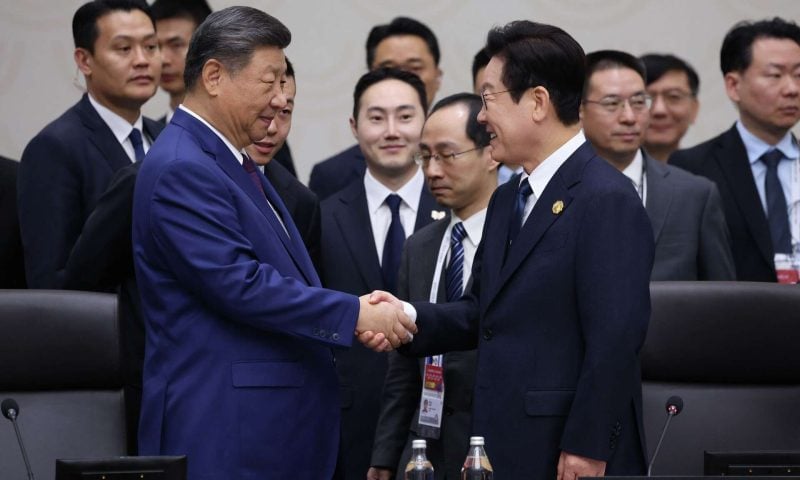
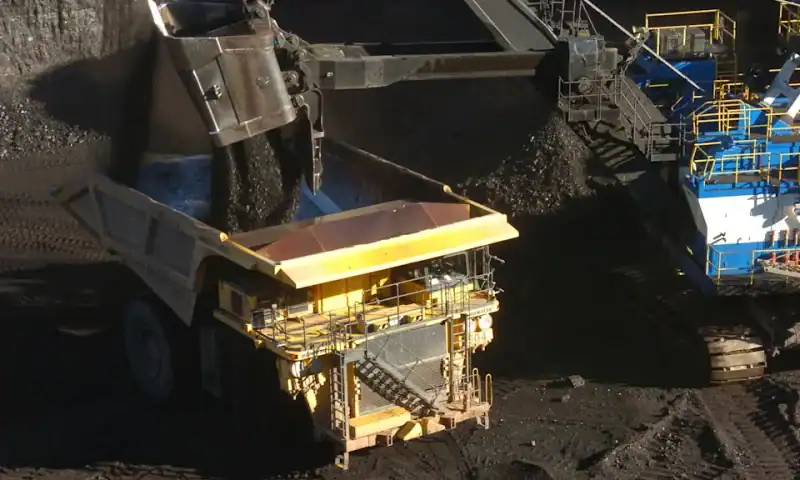
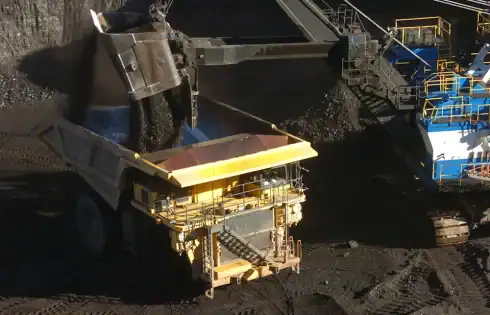
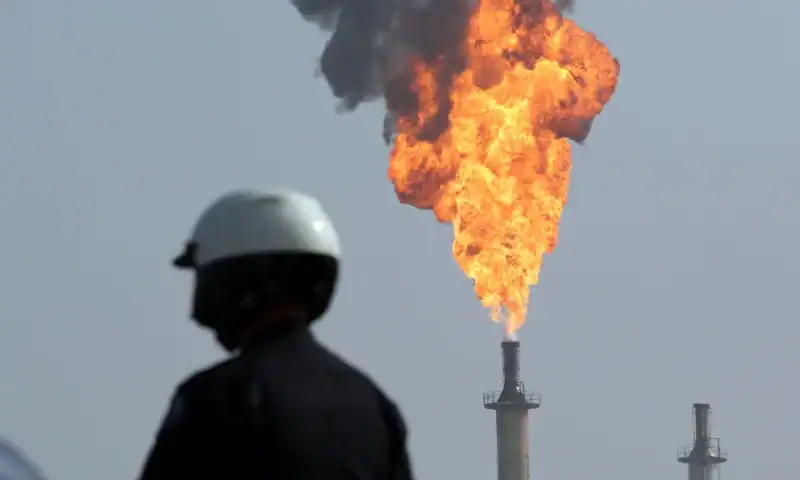
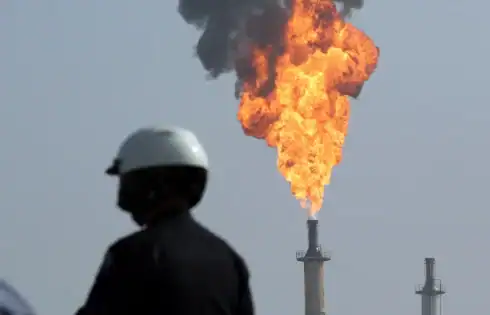

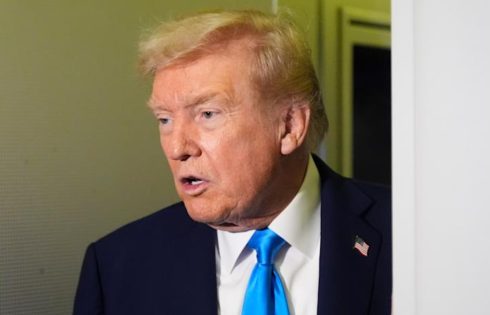
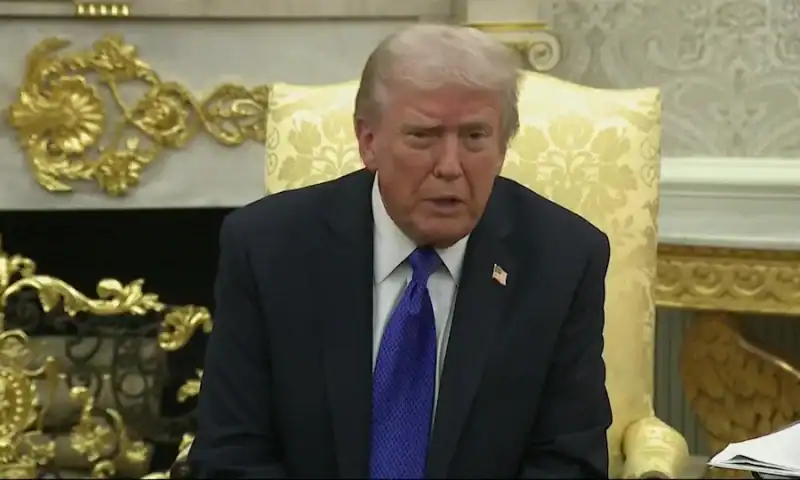








 Mortgage rates have been fluctuating over the past month, but all the changes have been small. According to Freddie Mac, the 30-year fixed mortgage rate dropped by three basis points this week — but it’s still one basis point higher than this time last month. Stagnant rates may leave you wondering: Is it a good time to buy a house?
Mortgage rates have been fluctuating over the past month, but all the changes have been small. According to Freddie Mac, the 30-year fixed mortgage rate dropped by three basis points this week — but it’s still one basis point higher than this time last month. Stagnant rates may leave you wondering: Is it a good time to buy a house?











